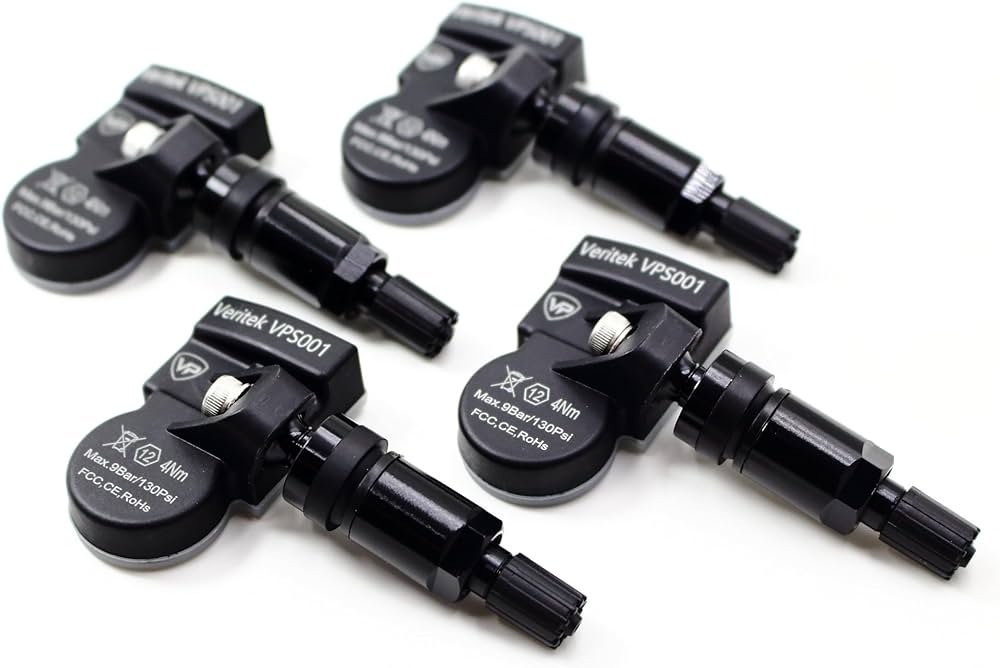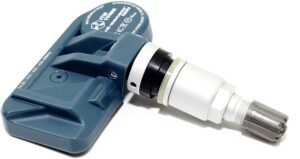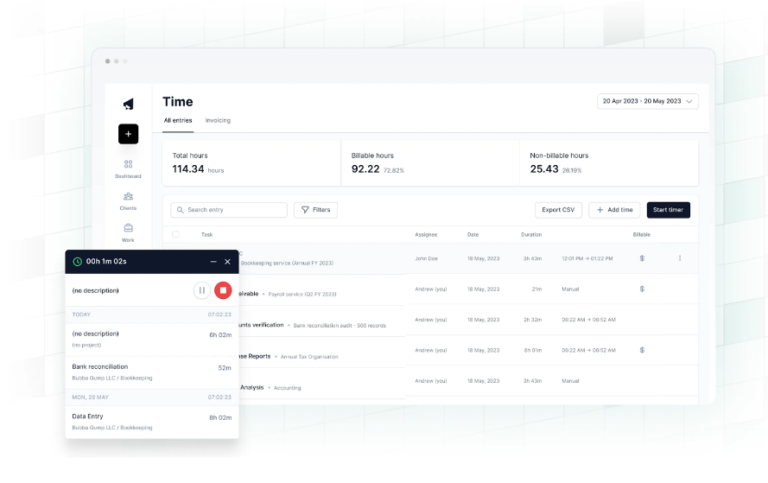
The 2014 Tesla Model S is widely celebrated for its forward-thinking technology, long-range capabilities, and electric performance. Among its many sophisticated features, the Tire Pressure Monitoring System (TPMS) stands out as a vital component for vehicle safety and performance. This system monitors the pressure of each tire and alerts drivers to any abnormal drops in pressure. A crucial part of this system is the TPMS sensor, which is responsible for collecting and transmitting real-time data. In this post, we’ll explore what the TPMS sensor is, how it functions, common issues with the 2014 Tesla Model S TPMS sensor, and essential maintenance tips to ensure it remains in top shape.
Read more: 2014 tesla model s tpms sensor bao long
Understanding the TPMS Sensor in the 2014 Tesla Model S
The TPMS sensor in the 2014 Tesla Model S plays a critical role in maintaining safe driving conditions. It continuously measures the air pressure in each tire and sends data to the car’s computer. If the tire pressure drops below the recommended level, the TPMS triggers a warning light on the dashboard, indicating that the driver should check and inflate the tires. Properly inflated tires not only improve fuel efficiency but also ensure optimal handling, braking, and overall safety.
In the 2014 Model S, TPMS sensors are located in the valve stem of each tire. Each sensor has a small battery and an internal transmitter that communicates with the car’s central system. However, like any other car component, TPMS sensors can face issues over time, particularly if they’re not properly maintained.
Common Issues with TPMS Sensors in the 2014 Tesla Model S
1. Battery Life
TPMS sensors rely on small, non-replaceable batteries to function. In most vehicles, TPMS sensors last between 5 to 10 years, depending on usage. Since the 2014 Model S is now about a decade old, the TPMS sensor battery may be reaching the end of its life. A dying sensor battery will eventually prevent the sensor from transmitting data, resulting in a TPMS warning light. Replacing the TPMS sensors is generally the best solution when battery life ends.
2. Sensor Wear and Tear
Like any other car part, TPMS sensors are susceptible to wear and tear, especially from driving on rough terrain or in extreme weather conditions. These factors can damage the sensors, causing them to malfunction and providing inaccurate tire pressure readings. Regular checks and timely replacements are essential to keep the TPMS functioning properly.
3. Signal Interference
TPMS sensors communicate wirelessly, so signal interference from external sources can disrupt data transmission. However, this is generally less common in Tesla’s advanced systems but worth noting if the TPMS indicator frequently turns on without cause.
4. Improper Sensor Programming
If you’ve recently had your tires rotated, replaced, or installed with aftermarket wheels, the TPMS may need to be reprogrammed. Improper installation or failure to recalibrate can result in inaccurate pressure readings.
Replacing or Recalibrating the TPMS Sensor

If your 2014 Tesla Model S shows persistent TPMS warnings despite properly inflated tires, it might be time to replace or recalibrate the sensors. Here are the general steps involved in addressing TPMS issues:
1. Diagnosis
Start by checking the tire pressure manually with a gauge. If all tires are inflated correctly and the TPMS warning remains, then the issue likely lies with one or more sensors.
2. Sensor Replacement
Given that TPMS sensors are generally battery-powered with limited life, it’s often necessary to replace sensors in older vehicles like the 2014 Model S. You’ll need a qualified technician, ideally at a Tesla service center or an experienced EV mechanic, to install and program new sensors.
3. Reprogramming/Resetting
After installing new TPMS sensors or rotating your tires, recalibration may be necessary. Tesla vehicles typically require recalibration via the central system’s settings. Go to your vehicle settings, locate the TPMS section, and follow the prompts to reset or recalibrate the sensors.
Tips for Maintaining the TPMS Sensors in Your Tesla
1. Regular Tire Checks
Although TPMS sensors alert you to low pressure, it’s best not to rely on them entirely. Regularly check tire pressure manually to catch any gradual air leaks or inconsistencies early.
2. Proper Tire Maintenance
Keeping your tires in good condition will reduce wear on TPMS sensors. Ensure they’re rotated regularly, aligned properly, and balanced. This reduces stress on the sensors and prolongs their lifespan.
3. Replace Sensors as a Set if Necessary
If one sensor’s battery is failing, consider replacing all four. Since they age simultaneously, one sensor failure often indicates the others are nearing their lifespan end too.
4. Avoid Harsh Environments
Driving on rough terrain or through extreme temperatures may accelerate sensor wear and tear. Try to avoid potholes, and protect your vehicle from excessive heat and cold as much as possible to extend the life of your sensors.
The Bottom Line
The TPMS sensor in the 2014 Tesla Model S is essential for ensuring optimal tire pressure and maintaining safety on the road. Regular maintenance of the sensors and tires can help you avoid costly repairs and replacements. If you experience persistent TPMS warnings, consult a qualified technician who can diagnose the issue and, if necessary, replace or recalibrate the sensors. Keeping your TPMS sensors in good working order will contribute to a smoother, safer driving experience with your Tesla.







2 thoughts on “Everything You Need to Know About the 2014 Tesla Model S TPMS Sensor and How to Maintain It”